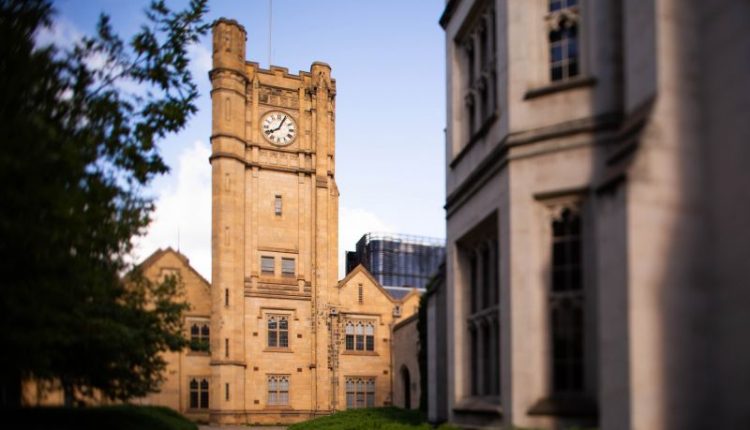The Centre National de la Recherche Scientifique (CNRS) will co-locate its Oceania Representative Office at the University of Melbourne, fostering collaborations between the University and one of the world’s leading research institutions.
The CNRS CEO and Chairman Professor Antoine Petit and representatives toured the Parkville campus last week as part of a visiting CNRS delegation to Australia.
Professor Petit and University of Melbourne Deputy Vice-Chancellor (Research) Professor Jim McCluskey also signed a Memorandum of Understanding, formalising an ongoing research partnership that began in 2014.
Professor McCluskey said the CNRS presence on-campus would create further opportunities for closer scientific collaboration between Australia, the region and France.
“Our research partnership with the CNRS is already producing fantastic results, particularly in developing our next generations of researchers by way of the joint PhD program,” Professor McCluskey said.
“Having the CNRS, our top institutional collaborator in Europe, join us here in Parkville will open more doors and foster new collaborations.”
Future collaborations will include research projects, joint PhD opportunities, staff and information exchanges, and shared events and publications.
Professor Petit sees the CNRS co-location in Melbourne as creating new possibilities for scientific advancement across the wider Oceanic region.
“The new representative office in Melbourne will give CNRS the opportunity to further advance our scientific partnerships with Oceania, and more specifically with Australia, which is a global leader in scientific research,” Professor Petit said.
The delegation toured the laboratory of Director of the Centre for Dark Matter Particle Physics Professor Elisabetta Barberio, who has been working closely with academics at the CNRS to probe the nature of neutrinos and dark matter.
“It is very exciting to have the support of CNRS for our contribution to a major collaboration across science, engineering and industry building the world’s biggest liquid xenon experiment – DARWIN, an underground physics experiment probing the nature of neutrinos and dark matter,” Professor Barberio said.


Comments are closed.